Kluczowe dokumenty
366404
1,1,4,7,10,10-Hexamethyltriethylenetetramine
97%
Synonim(y):
HMTETA
About This Item
Polecane produkty
Próba
97%
Formularz
liquid
współczynnik refrakcji
n20/D 1.456 (lit.)
bp
130 °C/11 mmHg (lit.)
gęstość
0.847 g/mL at 25 °C (lit.)
grupa funkcyjna
amine
ciąg SMILES
CN(C)CCN(C)CCN(C)CCN(C)C
InChI
1S/C12H30N4/c1-13(2)7-9-15(5)11-12-16(6)10-8-14(3)4/h7-12H2,1-6H3
Klucz InChI
DWFKOMDBEKIATP-UHFFFAOYSA-N
Opis ogólny
Zastosowanie
Kod klasy składowania
8A - Combustible corrosive hazardous materials
Klasa zagrożenia wodnego (WGK)
WGK 3
Temperatura zapłonu (°F)
215.6 °F - closed cup
Temperatura zapłonu (°C)
102 °C - closed cup
Środki ochrony indywidualnej
Eyeshields, Gloves, type ABEK (EN14387) respirator filter
Wybierz jedną z najnowszych wersji:
Masz już ten produkt?
Dokumenty związane z niedawno zakupionymi produktami zostały zamieszczone w Bibliotece dokumentów.
Klienci oglądali również te produkty
Produkty
Tools and techniques for performing atom transfer radical polymerization (ATRP) with benefits and limitations.
We presents an article about a micro review of reversible addition/fragmentation chain transfer (RAFT) polymerization. RAFT (Reversible Addition/Fragmentation Chain Transfer) polymerization is a reversible deactivation radical polymerization (RDRP) and one of the more versatile methods for providing living characteristics to radical polymerization.
Tools for Performing ATRP
We presents an article about Copper(I)-mediated Living Radical Polymerization in the Presence of Pyridylmethanimine Ligands, and the emergence of living radical polymerization mediated by transition metal catalysts in 1995, which was a seminal piece of work in the field of synthetic polymer chemistry.
Protokoły
We presents an article featuring procedures that describe polymerization of methyl methacrylate and vinyl acetate homopolymers and a block copolymer as performed by researchers at CSIRO.
Sigma-Aldrich presents an article about RAFT, or Reversible Addition/Fragmentation Chain Transfer, which is a form of living radical polymerization.
Polimeryzacja za pomocą procedur ATRP zademonstrowana przez grupę badawczą prof. Dave'a Haddletona z University of Warwick.
Sigma-Aldrich presents an article about the typical procedures for polymerizing via ATRP, which demonstrates that in the following two procedures describe two ATRP polymerization reactions as performed by Prof. Dave Hadddleton′s research group at the University of Warwick.
Nasz zespół naukowców ma doświadczenie we wszystkich obszarach badań, w tym w naukach przyrodniczych, materiałoznawstwie, syntezie chemicznej, chromatografii, analityce i wielu innych dziedzinach.
Skontaktuj się z zespołem ds. pomocy technicznej
![Tris[2-(dimethylamino)ethyl]amine 97%](/deepweb/assets/sigmaaldrich/product/structures/695/792/ee0ff167-22a3-43a7-83a1-6c4908adf0ae/640/ee0ff167-22a3-43a7-83a1-6c4908adf0ae.png)
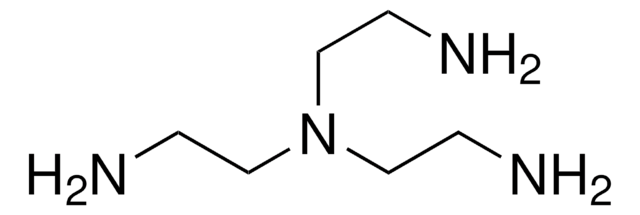
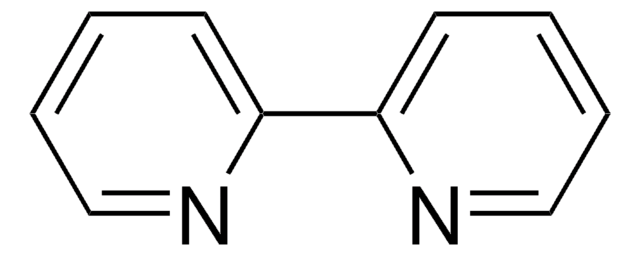
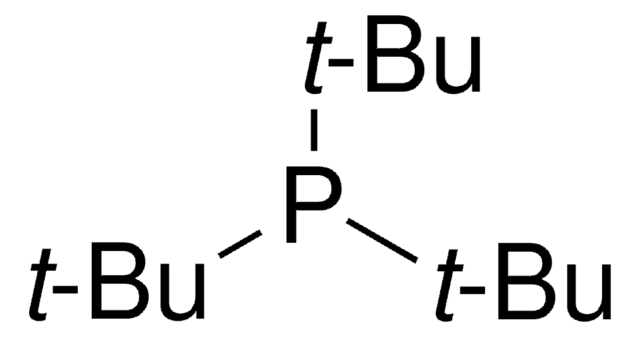
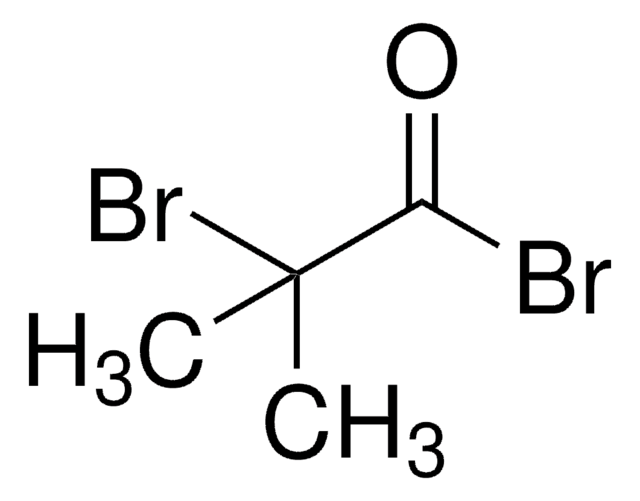
![Bis[2-(N,N-dimethylamino)ethyl] ether 97%](/deepweb/assets/sigmaaldrich/product/structures/372/323/505a46ae-b067-4177-8e5f-19a3f4ef9c44/640/505a46ae-b067-4177-8e5f-19a3f4ef9c44.png)

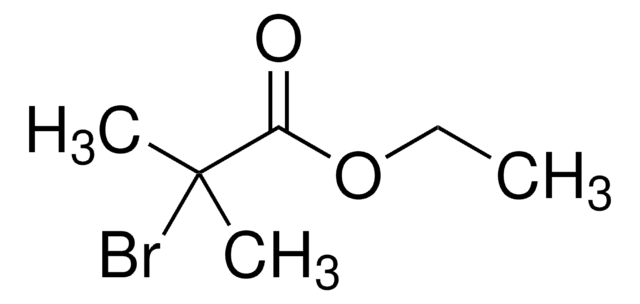

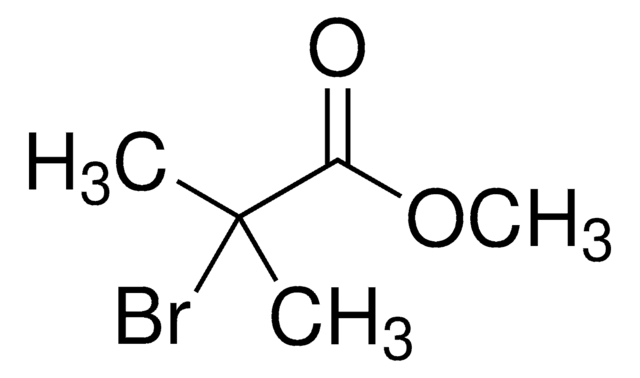

![1-[Bis[3-(dimethylamino)propyl]amino]-2-propanol 98%](/deepweb/assets/sigmaaldrich/product/structures/228/232/cb6938f1-8d46-4514-b5dc-8048ce8f3bf0/640/cb6938f1-8d46-4514-b5dc-8048ce8f3bf0.png)